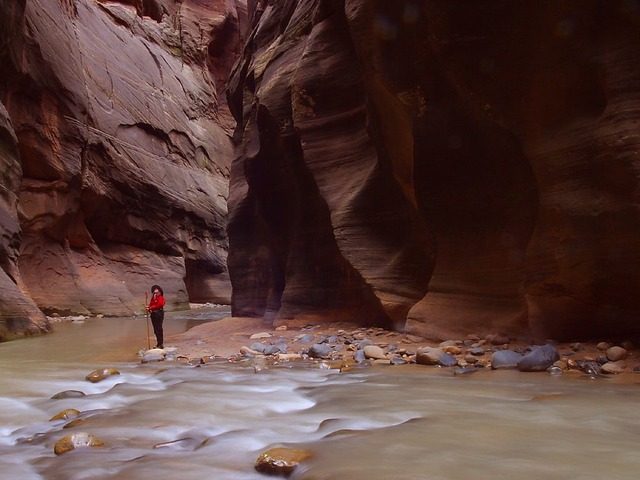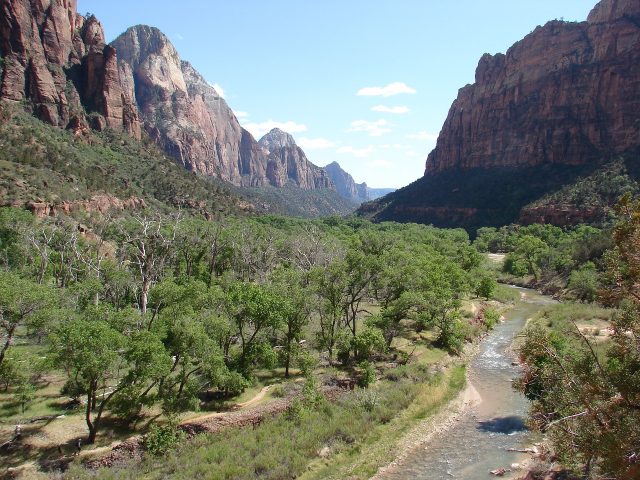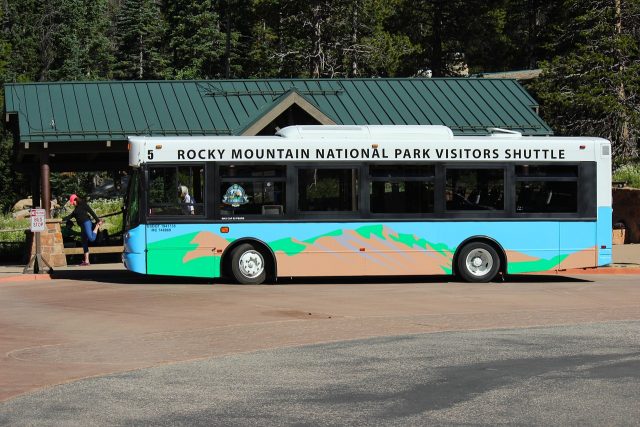Limiting Visitors To National Parks – Huge increase in visitor numbers lead to questions of sustainability
It’s great that more people that ever are visiting our National Parks, it shows that there’re more people appreciating nature, getting fit and taking time away from the hustle and bustle of city life.
However, there’s a downside to the parks being so popular, having so many more people visiting causes numerous issue for the park service and also for the health of the land.
Zion National Park is the first to be talking about limiting visitor numbers and this could be the way more parks go in trying to protect the land and make sure it’s safe for people.

This is from the National Park Service – Visitation to Zion National Park has been increasing for decades, but especially significant increases have been experienced in the last few years. In 2015, 3,662,220 people visited the park, which was 450,624 more visitors than in 2014 which was also a record year. The peak season in the park has now extended into early spring and late fall. During the height of the summer season it is now common for visitors to wait in long lines to enter the park and board the park shuttle. Parking is routinely full in the park by 9:30 a.m. daily which adds to the parking congestion in Springdale. This increase in visitation stresses park infrastructure, can degrade natural and cultural resources, and adversely affects the visitors’ park experience.
So, the park service is putting together a plan and a public consultation to see if they can work out the best way to handle the increase in people, here’s some more information from the National Park Service:
Purpose of the plan
The purpose of the plan is to identify strategies for managing visitor use and access including, but not limited to, the appropriate levels of use in Zion’s front country areas, consistent with existing management plans, the long-term stewardship of park-wide cultural and natural resources, and the provision of high quality visitor experiences.

Need for the plan
This plan is needed to address a wide range of issues associated with rapidly growing visitation and changing use patterns, including:
• Visitor health and safety concerns • Diminishing quality of the visitor experience • Natural and cultural resource impacts • Heavy strain on the park’s facilities and ability to perform daily operations • Effects to and from adjacent communities
Proposed Action
The proposed action is focused on managing visitor use to ensure that natural and cultural resources are protected and that opportunities for high-quality experiences are available to visitors. The primary focus of the proposed action is on the front country areas of Zion National Park, including the most developed and visited sites (see map).
Management strategies would aim to meet desired conditions as well as health and safety standards within the capabilities and related constraints of facilities, transportation, and financial resources/staffing.
A key component of this proposed action would be to directly manage visitor use levels in the park through the establishment of visitor capacities. Visitor capacities define the maximum amounts and types of use that an area can accommodate while achieving and maintaining desired conditions.

Visitor capacities, which could vary by season and/or specific areas of the park, would be established, along with implementation techniques that would directly manage the amount and time of visitor access.
The proposed action would also provide adaptive management through monitoring for conditions that do not match park desired conditions. In cases where observed conditions do not meet desired conditions, the National Park Service would adjust the capacity, either up or down, to meet the goals of the Zion VUM Plan.
Facilitating improved visitor outreach for pre-planning purposes also would be an important component of the proposed action because access to the park would be encouraged, albeit in different ways or at different times. Continued protection of wilderness and wilderness character in backcountry areas would be accomplished by continuing to implement and monitor already established guidance and related thresholds.
If you want to know more or have some input for them follow this link: National Park Service
We think it’s great that more people are getting out but we do recognize the need to be responsible about it, just the rest room facilities for that many people are a lot of upkeep and expense with 7 miles of toilet roll being used per week in just one of the bathrooms.





